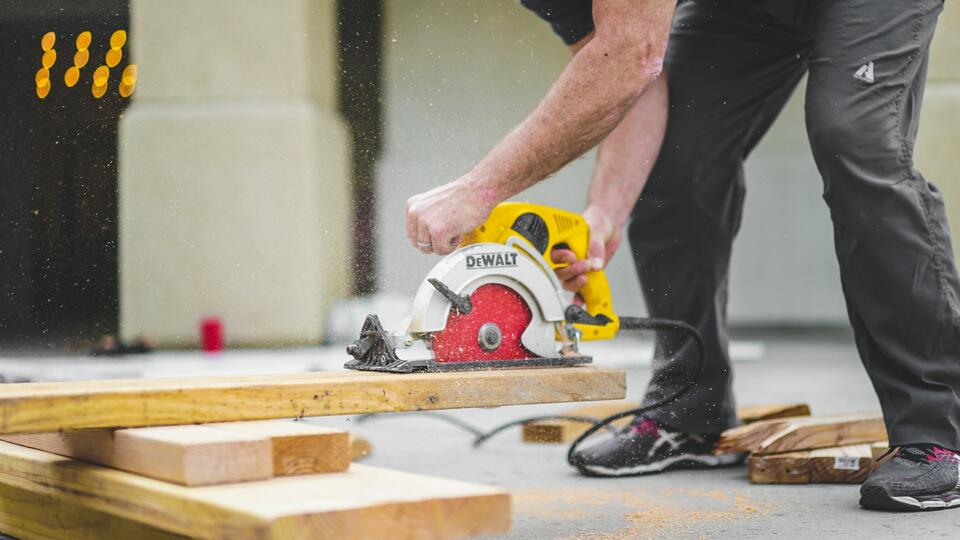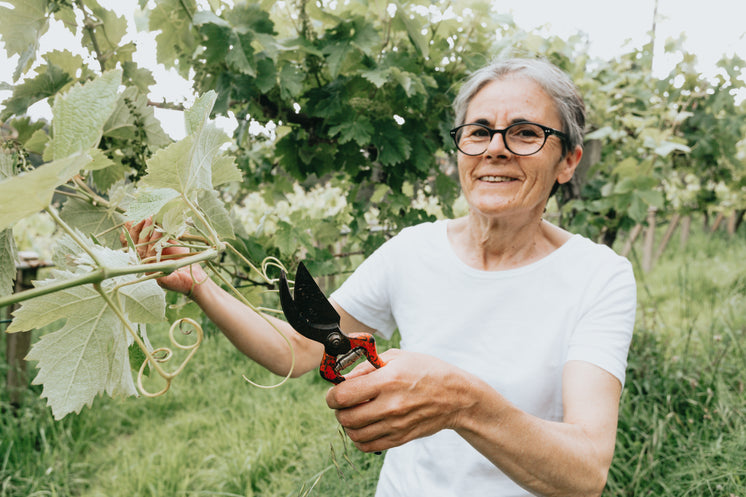J. Wiss & Sons co. - Pinking Shears Model C Instructions 1938-1949: Fr…
페이지 정보

본문

 The peach has typically been known as the Queen of Fruits. Its magnificence is surpassed only by its delightful taste and web page texture. Peach timber require appreciable care, nonetheless, and cultivars should be fastidiously selected. Nectarines are principally fuzzless peaches and are treated the same as peaches. However, they're more challenging to grow than peaches. Most nectarines have only reasonable to poor resistance to bacterial spot, and nectarine trees are not as cold hardy as peach trees. Planting more trees than will be cared for or are wanted ends in wasted and rotten fruit. Often, one peach or nectarine tree is enough for a family. A mature tree will produce a median of three bushels, or one hundred twenty to one hundred fifty pounds, of fruit. Peach and nectarine cultivars have a broad vary of ripening dates. However, fruit is harvested from a single tree for about every week and could be saved in a refrigerator for about another week.
The peach has typically been known as the Queen of Fruits. Its magnificence is surpassed only by its delightful taste and web page texture. Peach timber require appreciable care, nonetheless, and cultivars should be fastidiously selected. Nectarines are principally fuzzless peaches and are treated the same as peaches. However, they're more challenging to grow than peaches. Most nectarines have only reasonable to poor resistance to bacterial spot, and nectarine trees are not as cold hardy as peach trees. Planting more trees than will be cared for or are wanted ends in wasted and rotten fruit. Often, one peach or nectarine tree is enough for a family. A mature tree will produce a median of three bushels, or one hundred twenty to one hundred fifty pounds, of fruit. Peach and nectarine cultivars have a broad vary of ripening dates. However, fruit is harvested from a single tree for about every week and could be saved in a refrigerator for about another week.
If planting more than one tree, choose cultivars with staggered maturity dates to prolong the harvest season. See Table 1 for assist determining when peach and nectarine cultivars normally ripen. Table 1. Peach and nectarine cultivars. In addition to plain peach fruit shapes, different varieties are available. Peento peaches are varied colours and are flat or web page donut-formed. In some peento cultivars, Wood Ranger Power Shears for sale the pit is on the surface and may be pushed out of the peach with out slicing, leaving a ring of fruit. Peach cultivars are described by colour: white or yellow, and by flesh: melting or nonmelting. Cultivars with melting flesh soften with maturity and may have ragged edges when sliced. Melting peaches are also categorised as freestone or clingstone. Pits in freestone peaches are simply separated from the flesh. Clingstone peaches have nonreleasing flesh. Nonmelting peaches are clingstone, have yellow flesh without red coloration near the pit, remain agency after harvest and are typically used for canning.
Cultivar descriptions can also embody low-browning types that do not discolor quickly after being reduce. Many areas of Missouri are marginally adapted for peaches and nectarines because of low winter temperatures (below -10 levels F) and frequent spring frosts. In northern and central areas of the state, plant only the hardiest cultivars. Don't plant peach trees in low-lying areas such as valleys, which tend to be colder than elevated sites on frosty nights. Table 1 lists some hardy peach and nectarine cultivars. Bacterial leaf spot is prevalent on peaches and nectarines in all areas of the state. If extreme, bacterial leaf spot can defoliate and weaken the bushes and result in diminished yields and poorer-high quality fruit. Peach and nectarine cultivars present varying levels of resistance to this illness. In general, dwarfing rootstocks should not be used, as they are inclined to lack sufficient winter hardiness in Missouri. Use trees on commonplace rootstocks or naturally dwarfing cultivars to facilitate pruning, spraying and harvesting.
Peaches and nectarines tolerate a large number of soils, from sandy loams to clay loams, that are of satisfactory depth (2 to three ft or extra) and properly-drained. Peach trees are very delicate to wet "feet." Avoid planting peaches in low wet spots, buy Wood Ranger Power Shears Ranger Power Shears shop water drainage areas or heavy clay soils. Where these areas or soils can't be avoided, plants trees on a berm (mound) or make raised beds. Plant bushes as quickly as the ground will be worked and before new development is produced from buds. Ideal planting time ranges from late March to April 15. Don't enable roots of bare root bushes to dry out in packaging before planting. Dig a hole about 2 feet wider than the spread of the tree roots and deep enough to contain the roots (normally at least 18 inches deep). Plant the tree the same depth because it was within the nursery.
- 이전글12 Facts About Igaming Seo Services To Inspire You To Look More Discerning Around The Cooler Water Cooler 25.09.06
- 다음글What's The Current Job Market For Clearance Reclining Sofas Professionals Like? 25.09.06
댓글목록
등록된 댓글이 없습니다.
